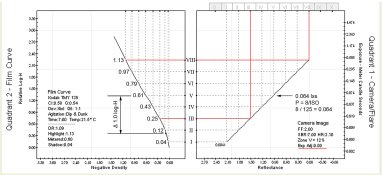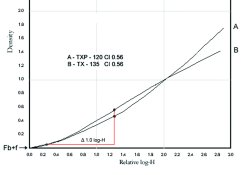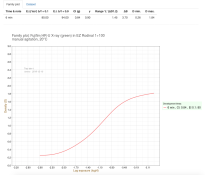Fuji HR-U (x-ray film) in homemade "Rodinal"
- I have a lot to say in this field, but I really do not want to look like someone who loves controversy only.
I feel very disappointed and disappointed. I ask for help.
Leave the talk of photography aside, I now have a dilemma for the health of Egyptian citizens.
A medical problem has recently emerged in Egypt for unknown reasons.
- The Egyptian government has tightened the screws on the import of acids that are used in the treatment of (X-ray) and allow only government hospitals and the government sector ,,, the reasons are really unknown, and this made the prices of X-ray services rise suddenly.
A large number of X-ray Film, Acid and Medical Supplies dealers contacted me yesterday and today. They asked me about black and white photographic acids, D-19, and I sent them, but it didn't work out tolerably.
- I looked a lot for a reliable formula that was specially designed for X-rays but I didn't find any reliable formula,
Mitol is present in Egypt, but it is somewhat expensive, but hydroquinone is available at an affordable price. I also have (CD2-CD3) I want a prescription based on hydroquinone and (CD2).
I do not know what to do ,,
- Respected colleague (Rudi) from Austria brought me a good formula,
Calbe A49:
I don't have (CD1) so I used it instead (CD2)
CD-1 - 5g
Hydroquinone - 3g
Sodium sulfite - 100g
Sodium tetraborate - 5g
Boric acid - 1,5g
Potassium bromide - 0,5g
But it is slow and takes a long time to process X-rays.
- I really feel a lot of sadness, fatigue and frustration.
- I have done many failed experiments and a lot of chemical raw materials have been wasted, and I feel I am on the cusp of a major failure.
I am very sad, bored and angry.
















